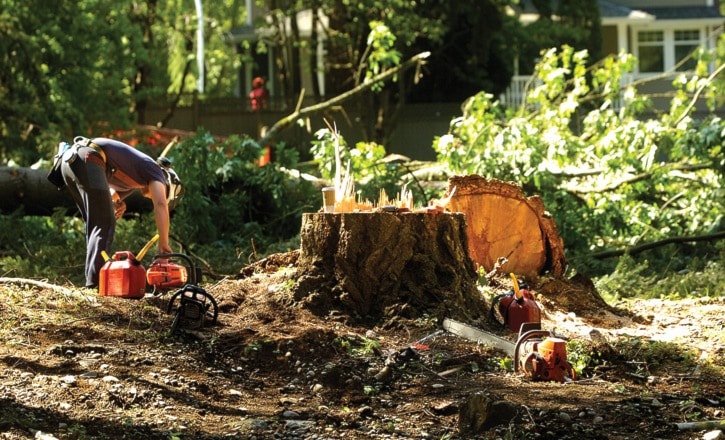Despite the many, well-recognized reasons for valuing and nurturing trees they are still being cut down at a disturbing rate in Surrey and elsewhere. Replacement and replanting requirements are not always observed as scrupulously as they should be and penalties for infractions are often derisory.
Recently, B.C.’s forest industry and Forest Service have come under criticism for inadequate reforestation too.
Besides the continuing mercantile value of trees as lumber and pulp, a foundation of B.C.’s economy, they have at least half-a-dozen other important values. As they grow, trees take up and store carbon and, at the same time, give off oxygen; they provide habitat for birds, small mammals and insects; they afford shade and serve as windbreaks, thus ameliorating weather extremes; their fallen leaves and twigs – leaf litter that is – hold surface water filtering it, fostering infiltration into ground-water storage and preventing soil erosion; they provide incalculable aesthetic pleasure; and, for some, offer spiritual values also.
Recent investigations have disclosed yet another significant attribute, one which should appeal to advocates of law and order as well as to lovers of trees. A study just reported in the journal Landscape and Urban Planning has shown that a 10 per cent increase in the number of trees in a residential area reduced crime by 12 per cent.
The data for this study, carried out in Baltimore by a research team from the University of Vermont, were corrected to allow for factors like density, ethnicity and income. The findings are confirmed by a parallel study by U.S. Forest Service staff in Portland, Ore., which arrived at similar results.
These findings correct conventional wisdom which asserts that vegetative cover fosters crime by providing concealment and cover.
This may well be true if the vegetation comprises ground-level bushes and shrubs, but not when trees are dominant and undergrowth is suppressed or removed.
Explanatory hypotheses suggest that trees create an ambience which encourages residents to spend time outdoors and so there are more ‘eyes’ on the street; well-tended trees indicate to would-be felons and others that local residents care for their environment and are aware of happenings there; and it is suggested that trees exert a calming influence which relieves fatigue and stress, causes of irritability which itself is a precursor of violence.
There may be other explanations but this research provides yet another strong argument for strict enforcement of powerful tree preservation bylaws in all municipalities.
Are you listening mayors, councillors and planners of Surrey and White Rock?
Dr. Roy Strang writes monthly on the environment for the Peace Arch News. rmstrang@shaw.ca
